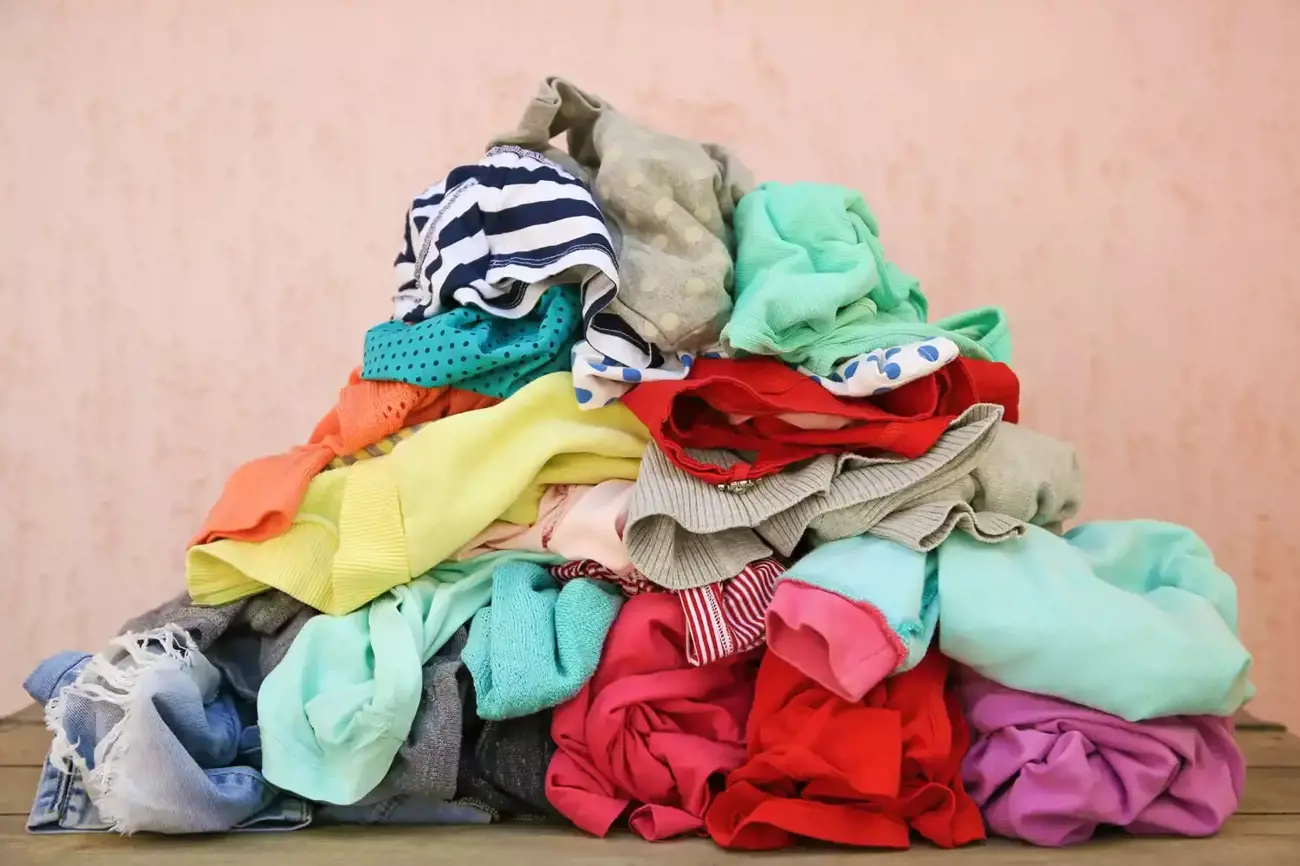The child care day is an all-action and all-weather endeavour, and to help your under five dress for success and feel comfortable in their second skin, it pays to choose the right clothing.
Fortunately, this doesn’t mean you have to buy expensive brands.
A simple child care outfit has the power to protect your little one from the elements, free them up to learn and play, encourage their independence and boost their self-esteem, so let’s see what clothing is suitable for a short session or a long day of care.
What should you think about when choosing child care clothing?
Comfort and safety are key at child care, and to ensure your child feels happy and unhindered, Starting Blocks recommends that you choose their outfit with the following five factors in mind:
- Temperature - Being too hot or too cold isn’t pleasant (or healthy), so it’s important to choose clothing that suits the conditions and avoid over-dressing or under-dressing your child. You can plan for an unexpected cold snap or hot spell by packing some spare clothing (especially as we move between seasons), and keep in mind that the smaller your child is, the more easily they can become overheated or chilly.
- Clothing fabric - On a related note, some fabrics will make your child feel hotter than others, so it’s a good idea to check the label when choosing their clothing. Natural fabrics are usually cooler than acrylic ones, so if your under five is feeling the heat, it can help to dress them in materials that ‘breathe’, like cotton and wool, rather than polyester.‘Scratchy’ fabrics are also no fun during the child care day, so stick to comfortable-feeling materials that are low fire danger, and if your child is sensitive to a certain fabric detergent or softener, look for less irritating ways to wash their clothing (e.g. by using a fragrance-free, dye-free detergent).
- Shoes - There are lots of fun, physical activities at child care, and to ensure your little one launches into the action safely and easily, you should strap them into some comfortable, well-fitting footwear. Shoe sellers can measure your child’s feet to find the perfect size, and you’re looking for a pair that protects the feet and provides support. As a guide, shoes with grippy soles are good for active play, while shoes with raised heels or platform soles can be accidents waiting to happen.
- Clothing design and fit - As well as choosing suitable shoes, the design and fit of your child’s whole outfit should be conducive to safe active and passive play. For this reason, Starting Blocks recommends that you avoid long hems your child might trip on, and steer clear of accessories or appendages that could get caught in equipment (such as necklaces, toggles on hats, drawstrings on jumpers and loose ribbons). Your child’s clothes should fit them well (not too loose, not too tight, just right), to allow them to participate freely and comfortably in all the activities offered at care. You can also look for design features that support your child’s growing independence and self-help skills. For instance:
- Trousers with an elastic waistband will be easier for your young child to pull up and down at toilet time than those with zips or studs
- Tops with large necks, cardigans, slip-on shoes and Velcro-fastening shoes are all easier for your child to manage when they’re learning to dress themselves, and
- Bigger buttons are easier to do up and un-do than press studs or little buttons.
- Sun protection - Last, but definitely not least, it’s important that you dress your child in sun-safe clothing if they’ll be playing outdoors. Your early learning service will have sun protection policies and procedures to follow, but generally-speaking, a soft-brimmed hat, long-sleeved top and longer skirt, shorts or trousers will help to shield your child from harmful rays. UV (ultraviolet) levels can be high on sunny, cloudy and windy days, so the SunSmart App is an easy way to see when sun protection is needed.
All in all, you’re looking for an outfit that doesn’t get in the way of your child’s enjoyment and engagement at care.
You can expect the clothing to get a work-out as your child paints, gardens and plays in the sandpit, and your early learning service might also make some clothing-related requests (such as labelling your child’s gear, providing an extra hat or supplying back-up clothes if toilet-training is underway).
What input should you seek from your child about their clothing?
As a parent, you’re in a good position to tell whether an outfit is practical and appropriate for the child care day, but it’s also important to take your child’s tastes and preferences into consideration.
Starting Blocks explains that clothing is, ‘A way for many people to express their culture, personality and individuality’ and by allowing your child to choose their favourite Bluey t-shirt, or the trainers with the sparkles, you’re helping to develop their self-esteem and sense of individuality.
If you have concerns or questions about the suitability of your child’s clothing, you can always speak to their educator, but on the whole, Starting Blocks says, ‘You show respect for your child when you allow them to make some decisions about the clothing that they wear by offering them choices from several acceptable options.’
Your child’s clothing should reflect their practical needs and personal wants, and together, you can come up with a winning outfit for the child care day. Good luck!
Reference

































